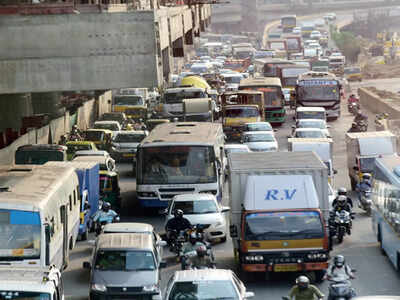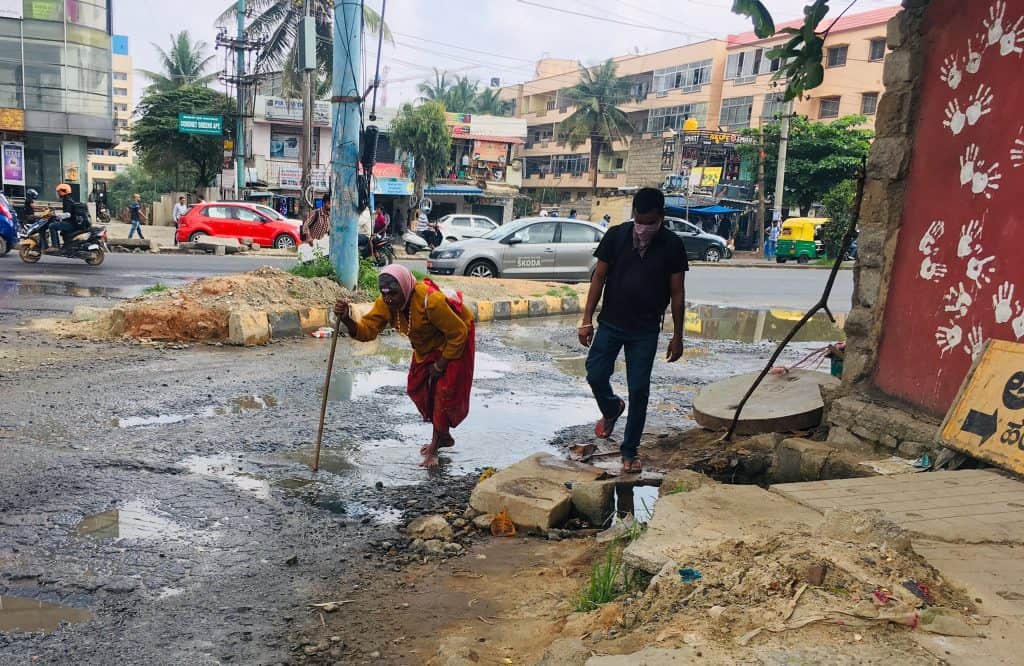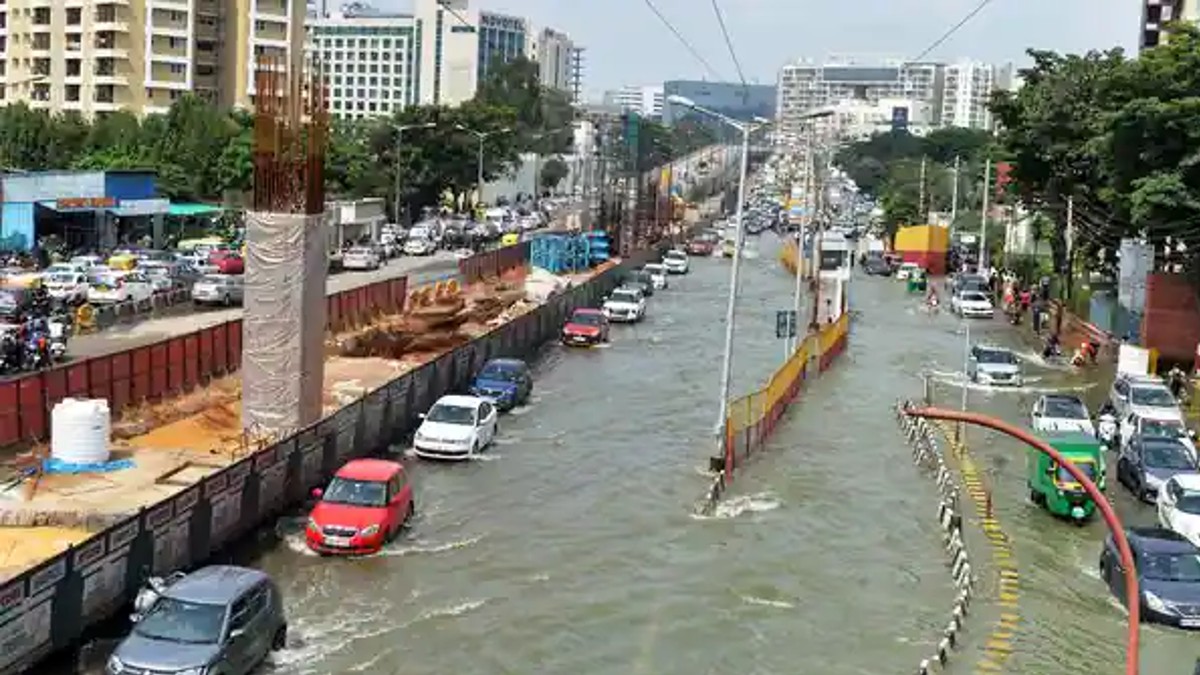Why Surface-Level Smart Public Transit Beats Tunnels and Air Taxis for Dense Cities
Just Like BYD Beat Tesla in EVs, Chinese Companies Are Poised to Win the Robot Race
Why DeepSeek Took the U.S. by Surprise — A Tale of Blind Spots and Firewalls
How BYD Is Beating Tesla at Its Own Game
Beyond Motion: How Robots Will Redefine The Art Of Movement
Musk’s Management
Challenges In AI Safety
Corporate Culture/ Operating System: Greatness
Earth To Earth Rocketry + Hyperloop: Earth Before Mars
A 2T Cut
Why Tesla's Only Path to Survival Runs Through India
As the EV wars intensify and humanoid robotics begins its rise, Tesla stands at a crossroads. It’s no longer just a race for better batteries or smarter self-driving algorithms. The competition is expanding—globally, vertically, and into entirely new dimensions of labor and automation. In this unfolding battlefield, there’s one bold move that could determine Tesla’s survival: shifting 100% of its humanoid robot manufacturing to India.
Here’s why this is not only a strategic play—but an existential necessity.
1. The Cost Equation No Longer Favors America
Tesla’s greatest strength has always been its vertical integration—owning more of its supply chain than rivals. But as it tries to scale its humanoid robot division, the U.S. becomes an economically hostile environment. Labor costs, regulations, union pressure, and supply chain bottlenecks are inflating production costs in the U.S.
India, on the other hand, offers:
-
World-class engineering talent at a fraction of the cost
-
An eager industrial ecosystem ready to upskill for robotics
-
A pro-manufacturing government with generous incentives
A humanoid robot designed for mass deployment must be cost-optimized from day one. India makes that possible.
2. India Is the Final Frontier for Scalable Manufacturing
China built the EV supply chain. But geopolitical risk and increasing wages are pushing global firms to diversify. Vietnam and Mexico have limits in scale and talent. Only India has the population size, demographic dividend, and strategic urgency to become the robotics manufacturing capital of the world.
Tesla can be the anchor that catalyzes that transformation—while benefitting from first-mover advantages.
3. India Can Be the Largest Market Too
Tesla’s robots won’t just work in American factories or homes. They will eventually serve aging populations, augment workers in warehouses, and care for the sick. India—with its rapidly digitizing economy, urbanizing workforce, and public health needs—is a massive future market for affordable, multipurpose robots.
Building in India aligns cost, supply, and demand. It’s the holy trinity of scale.
4. Strategic Survival: The China Factor
BYD has already bested Tesla in EV sales. Chinese robotics companies—heavily backed by state funding—are quietly building a formidable lead in humanoids too. If Tesla continues to manufacture in high-cost regions, it risks being outpaced in speed, affordability, and global market penetration.
By going all-in on India, Tesla:
-
Matches China’s scale
-
Avoids geopolitical entanglements
-
Builds deep goodwill in a rising superpower
India is not just a hedge. It is the competitive counterweight to China.
5. The Branding Revolution: From “Made in USA” to “Made by Tesla, Built in India”
Tesla isn’t just a product company—it’s a cultural icon. Just as Apple turned “Designed in California, Made in China” into a global norm, Tesla can lead the next wave: “Engineered by Tesla, Built in Bharat.” This is not a compromise—it’s an evolution of globalized innovation.
Conclusion: Make the Shift or Get Left Behind
Tesla has led the world before. But the road ahead is not a continuation of the past. Robotics, like EVs, is a scale game. A speed game. A cost game. And increasingly, a geopolitics game.
The only way Tesla wins it?
Make every robot in India. All of them.
It’s not just the smart move.
It’s the only way Tesla survives.
#Tesla #IndiaManufacturing #Robotics #ElonMusk #FutureOfWork #GlobalStrategy
Rethinking Trade: A Blueprint for a Just and Thriving Global Economy
The $500 Billion Pivot: How the India-US Alliance Can Reshape Global Trade
Trump’s Trade War
Peace For Taiwan Is Possible
Formula For Peace In Ukraine
The Last Age of War, The First Age of Peace: Lord Kalki, Prophecies, and the Path to Global Redemption
AOC 2028: : The Future of American Progressivism
Velocity Money: Crypto, Karma, and the End of Traditional Economics
The Next Decade of Biotech: Convergence, Innovation, and Transformation
Beyond Motion: How Robots Will Redefine The Art Of Movement
ChatGPT For Business: A Workbook
Becoming an AI-First Organization
Quantum Computing: Applications And Implications
Challenges In AI Safety
AI-Era Social Network: Reimagined for Truth, Trust & Transformation
Remote Work Productivity Hacks
How to Make Money with AI Tools
AI for Beginners
Why Tesla's Only Path to Survival Runs Through India https://t.co/Tl7Cgs4imM
— Paramendra Kumar Bhagat (@paramendra) May 23, 2025
Why Tesla's Only Path to Survival Runs Through India https://t.co/Tl7Cgs4imM @elonmusk @Teslarati @Tesla @teslaownersSV @Tesla_Optimus @TeslaPodcast @Tesla_AI @teslaeurope @teslaenergy @TeslaCharging @tesla_na @SpaceX @Starlink @boringcompany @neuralink
— Paramendra Kumar Bhagat (@paramendra) May 23, 2025











